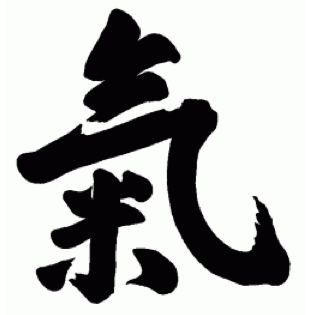Paying Attention
Paying attention is probably the simplest and yet most challenging thing you can do to improve your aikido practice. It is very difficult to watch attentively. Our minds wander. We have internal discussions. We hear a noise and look, and lose focus. We need to practice paying attention to every detail all the time we are practicing: not just paying attention to the instructor, not just to hand and body positions, but to timing, the way our partner feels, the look on our partner’s face, the mental state that this look signals.
Paying attention when you are watching the instructor or when you are practicing ki development exercises is a first step. Then work on paying attention to your partner during practice. When does she get her balance back? When does she have an opportunity to resist? When does he feel weakest? Pay attention to yourself: When do you have good posture? When do you have bad posture? When are you too far away from uke? When are you using one point? When are you using muscle? A good time to check your skill is when you have the opportunity to ki test someone. Can you tell, just by looking or with the lightest touch, when he is strongest?
Many students seek comfort in the idea that if they just memorize a set of techniques and rules they will achieve mastery. Fortunately, this is not the Kokikai curriculum! Our art, as well as our best self-defense, lies in being adaptable, fluid, and relaxed, responding appropriately to each situation. Since we are working with human beings as partners, rather than rocks or trees, we need to direct our efforts to understanding and connecting with these human beings. This is challenging but it is also exciting and amazingly rewarding. It is the reason so many of Maruyama Sensei’s students have continued to practice and grow in Kokikai Aikido for 10, 20 or more than 30 years.
--
This is the final post in a series that was originally published as an article about Kokikai Aikido.
Paying attention when you are watching the instructor or when you are practicing ki development exercises is a first step. Then work on paying attention to your partner during practice. When does she get her balance back? When does she have an opportunity to resist? When does he feel weakest? Pay attention to yourself: When do you have good posture? When do you have bad posture? When are you too far away from uke? When are you using one point? When are you using muscle? A good time to check your skill is when you have the opportunity to ki test someone. Can you tell, just by looking or with the lightest touch, when he is strongest?
Many students seek comfort in the idea that if they just memorize a set of techniques and rules they will achieve mastery. Fortunately, this is not the Kokikai curriculum! Our art, as well as our best self-defense, lies in being adaptable, fluid, and relaxed, responding appropriately to each situation. Since we are working with human beings as partners, rather than rocks or trees, we need to direct our efforts to understanding and connecting with these human beings. This is challenging but it is also exciting and amazingly rewarding. It is the reason so many of Maruyama Sensei’s students have continued to practice and grow in Kokikai Aikido for 10, 20 or more than 30 years.
--
This is the final post in a series that was originally published as an article about Kokikai Aikido.



Comments
Post a Comment